Lands of Foz Côa
Foz Côa became known for the rock engravings of the Côa Valley which, although 25,000 years old, were revealed to the world when they became a UNESCO World Heritage Site in 1998.
But the lands of Foz Côa have many reasons to attract attention and a rich natural and cultural heritage that surprises and is worth a visit.
Côa Valley Archaeological Park (Parque Arqueológico do Vale do Côa)
In the northeastern region of Portugal, made up of imposing mountains, where almond trees bloom in early spring and vineyards are covered in fire-coloured leaves in autumn, a tributary whose name has become universal flows into the Douro River from the south: the Côa River. Millennium after millennium, the rock formations that line its bed have been converted into panels covered in thousands of engravings bequeathed by the creative impulse of our time. In fact, the Côa River valley is a unique place in the world for presenting in the open air an immense collection of Palaeolithic figurations, usually protected and visitable in caves.
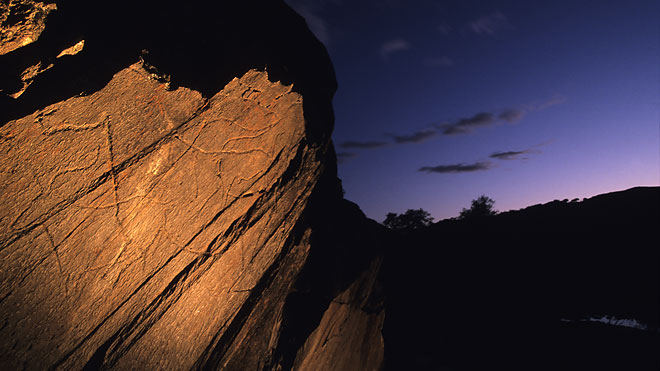
There are currently three sites where you can see the engravings, with guided tours booked in advance: Ribeira de Piscos/Fariseu, from Muxagata, Canada do Inferno, from Vila Nova de Foz Côa, and Penascosa, from Castelo Melhor. They can be visited in various ways, by day, by night, by kayak or by boat. The important thing is to have this unique experience.
Côa Museum (Museu do Côa)
With an impressive view over the valley where two rivers meet, the Côa and the Douro, it is also a meeting point between two World Heritage sites, the Alto Douro Wine Region and the Côa Valley Archaeological Park. At the Museum, a work of contemporary architecture that is well worth a visit, you can learn all about the history of the engravings and the region, and it could be the beginning of your discovery of this millennia-old legacy.
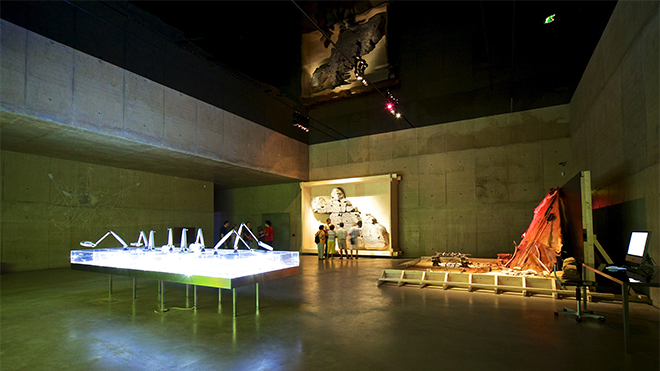
Côa Walkways (Passadiços do Côa)
From the Côa Museum, a 930 metre-long walkway descends to the river. A good walk to enjoy the landscape, marked by the terraces of the valley's rugged slopes and the serenity of the Douro and Côa rivers.
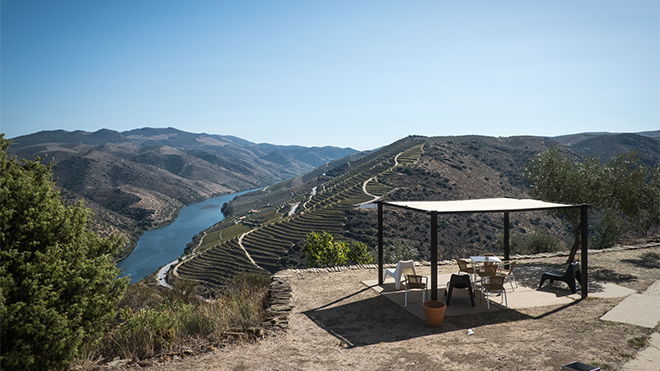
Viewpoints
Along the Douro River, it is worth stopping at the viewpoints and enjoying the region's breathtaking landscapes. In Foz Côa, in addition to the Caminho da Costa viewpoint in the town, there are at least five located in the nearest villages: Mós, Numão, Seixas, Custóias and Castelo Melhor. In Numão, you can also visit the ruins of a 10th century castle that predates Portuguese nationality.
The EN 222, one of the most beautiful roads in the country that follows the river from Vila Nova de Gaia, ends in Almendra, a small village in the municipality of Vila Nova de Foz Côa. The fact is signalled in a unique way: a stone milestone marks km 222.
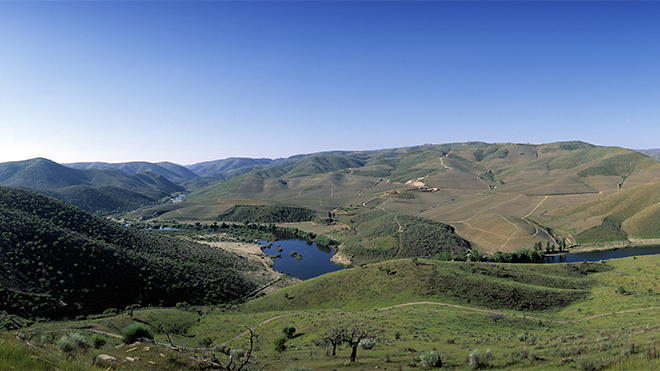
Faia Brava Private Protected Area (Área Protegida Privada da Faia Brava)
Located in the Côa Valley, close to the Penascosa rock art centre, one of the places where engravings can be seen. In Portugal's first and only Private Protected Area, you can take guided tours and observe many species, such as Maronesa cows, garrano horses and birds of prey living freely in a wilderness area. It is worth remembering that one of the best-known figures in the rock engravings is the "aurochs", a representation of the wild bulls that could possibly be found in these parts.
The Trás-os-Montes region is known for its good gastronomy and Foz Côa is no exception. Delight in the local specialities: fish from the river, roast kid, game dishes (hare or partridge) and almond desserts, of course locally produced.



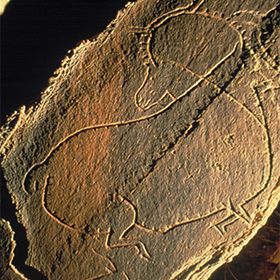
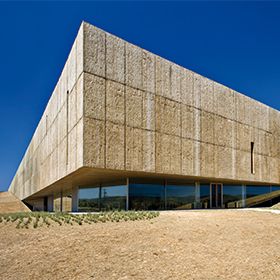

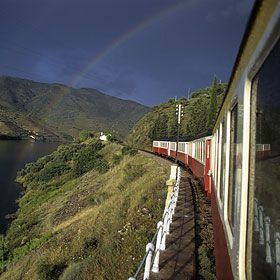
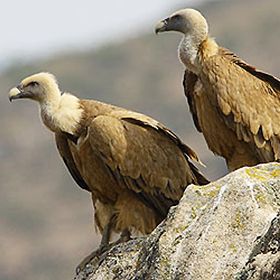
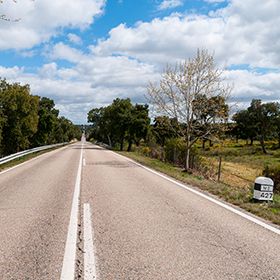

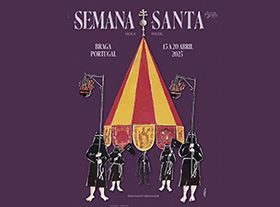
 Explore
Explore 
 Remember and Share
Remember and Share 


